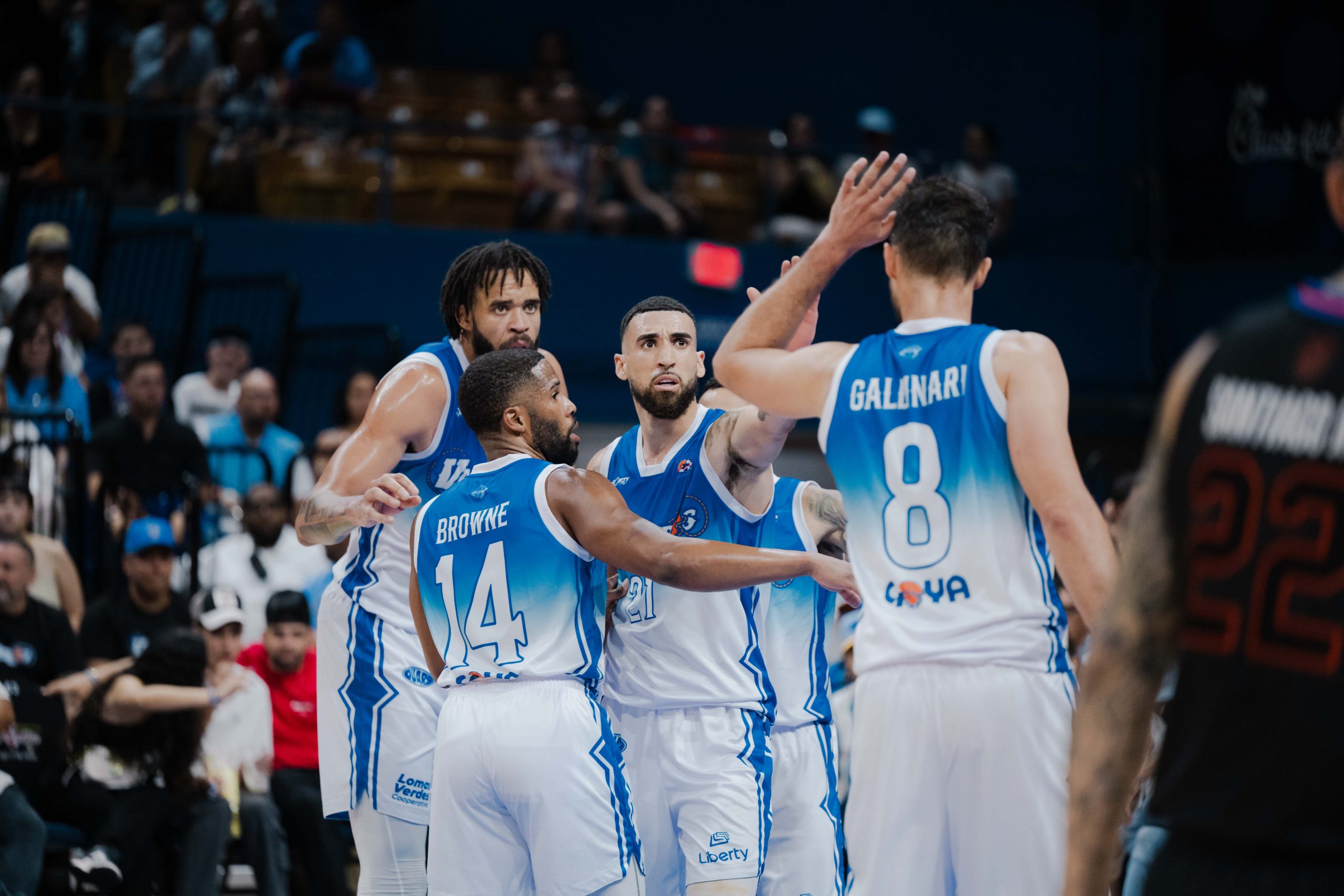We’re going with a different format today. Instead of 10 Takeaways from Tuesday’s game against the Chicago Bulls, I will take a step back and look at the broader performance. This format won’t be frequent, but it may pop up from time to time over the season.
Let’s dive in.
Offensive Domination
This was the first time this season we’ve seen the Boston Celtics playing with something to lose. They came into their final In-Season Tournament group game against the Chicago Bulls needing a win. What’s more, they needed to win by 23 or more points.
From the opening tip, the Celtics were locked in. The Bulls are one of the worst teams in the league limiting and guarding perimeter jumpers. As of Wednesday morning, they rank dead last in the league, with opponents converting 37.1% of their attempts from downtown.
The Celtics understood the assignment. They pushed the pace, letting it fly from deep to open the game — 16 of their 21 first-quarter shots came from the perimeter, and 8 of their 11 first quarter makes were from three.
Attacking an opponent’s weaknesses isn’t something that’s new or groundbreaking. In fact, it’s expected. That’s the whole point of a scouting report: to limit mistakes and expose flaws. However, what was most impressive was the Celtics’ commitment to keeping things fresh.
One of the earliest offensive possessions in the game, where Al Horford drove out of the corner before finding Jayson Tatum on a back-cut, should have been a sign of the varied offense that was to come. Let’s take a quick look at that play.
The Celtics go to a side pick-and-roll between Horford and Jaylen Brown. Horford pops into the corner after setting the screen. Coby White does a good job of sticking with the play and forcing Brown off the line, funneling him toward Nikola Vucevic in drop coverage. As Brown drives, Horford is sinking deeper into the corner, giving Brown a passing option on the perimeter.
Vucevic does a solid job of closing out on Boston’s veteran big. However, Horford’s no slouch. He drives the closeout, testing Vucevic’s hip speed and forcing a defensive collapse in the paint. With three defenders on him and DeMar DeRozan focused on a potential kick-out, Tatum is left wide-open. So, he cuts baseline, receiving an easy pass and getting an easy finish as a result.
At the time, this was just a well-worked possession from the Celtics. By the end of the first quarter, it stood out as a rare interior make. Then, as the game wore on, this play became a symbol of how Boston was looking to manipulate the defense.
If you continually take perimeter shots, teams will adjust. They will go smaller and look to pressure ball-handlers or blow-up screening actions. You have to keep them honest. The best way to do that is by getting into your interior actions, attacking out of the post, and keeping a porous perimeter defense exactly where you want them — on the floor.
Simply early offense actions like this drag screen (a screen in transition) from Luke Kornet, which ends in an uncontested roll to the rim and easy finish, ensured the Bulls stuck with their primary defensive system.
I feel compelled to point out that the Celtics have played this way all season. The difference is when they’ve found something that works, they’ve often stuck with it. Here, they kept their options open. They looked meticulous in their desire to keep the Bulls’ defense exactly where they wanted them. They executed with pace and precision. They did the little things.
Take this play for example. Tatum fakes the screen and ducks into a post-up on the high elbow. He ends up getting the bucket on the play. Yet, it’s Kornet’s activity that should be most impressive. Andre Drummond is protecting the rim. So White is splitting the difference between Payton Pritchard in the weak side corner and Kornet in the dunker spot.
As Tatum faces up and drives the ball, he engages Drummond, who rotates over to take away the rim. Kornet sees Drummond’s rotation and boxes out White. This gives Boston two options. Kornet is now a release valve for Tatum if the defense removes his jumper and could generate two easy points. Or, if the All-NBA forward’s shot misses, there’s a 7-footer with a dominant position to contend for a put-back or offensive board.
Those little details can help sustain a big lead in a must-win game. Here’s another example from later in the game.
By the fourth quarter, the Celtics had been running empty-side actions with consistency. The Bulls’ defense had become accustomed to players in the corner lifting toward the wing and being used in screening actions.
So, as White lifts out of the weak side corner on the above play, Patrick Williams goes with him. Dalano Banton has ghosted into the corner and is now unchecked. Tatum spots Banton in the corner and hits a swing pass to get him an open look in rhythm. It ends in an easy, uncontested three.
Banton’s cut was smart. The defense wasn’t paying attention to him, and they had been conditioned that an empty side would likely lead to a pick-and-roll should the ball make its way into a second-side action.
The In-Season Tournament was designed to create high-pressure moments early in the season. The league wanted to create more competitive games and retain fan interest as the shine of a new season began to wear off. When you can get one of the best teams in the league committed to playing at a high level to (almost) ensure qualification for the next round, you know you’re on the right track.
For the Celtics, a game like this, where there is something on the line, is good for their development. The more pressure situations they can experience throughout the tournament, the better off they will be once the playoffs roll around. The fact they were able to get a win in a game they had no business losing (which is usually when the Celtics struggle the most) is encouraging.
Moreover, how they manipulated their opponents from the very first to the very last possession is a sign of growth and one I hope we see more of in the weeks and months to come.






